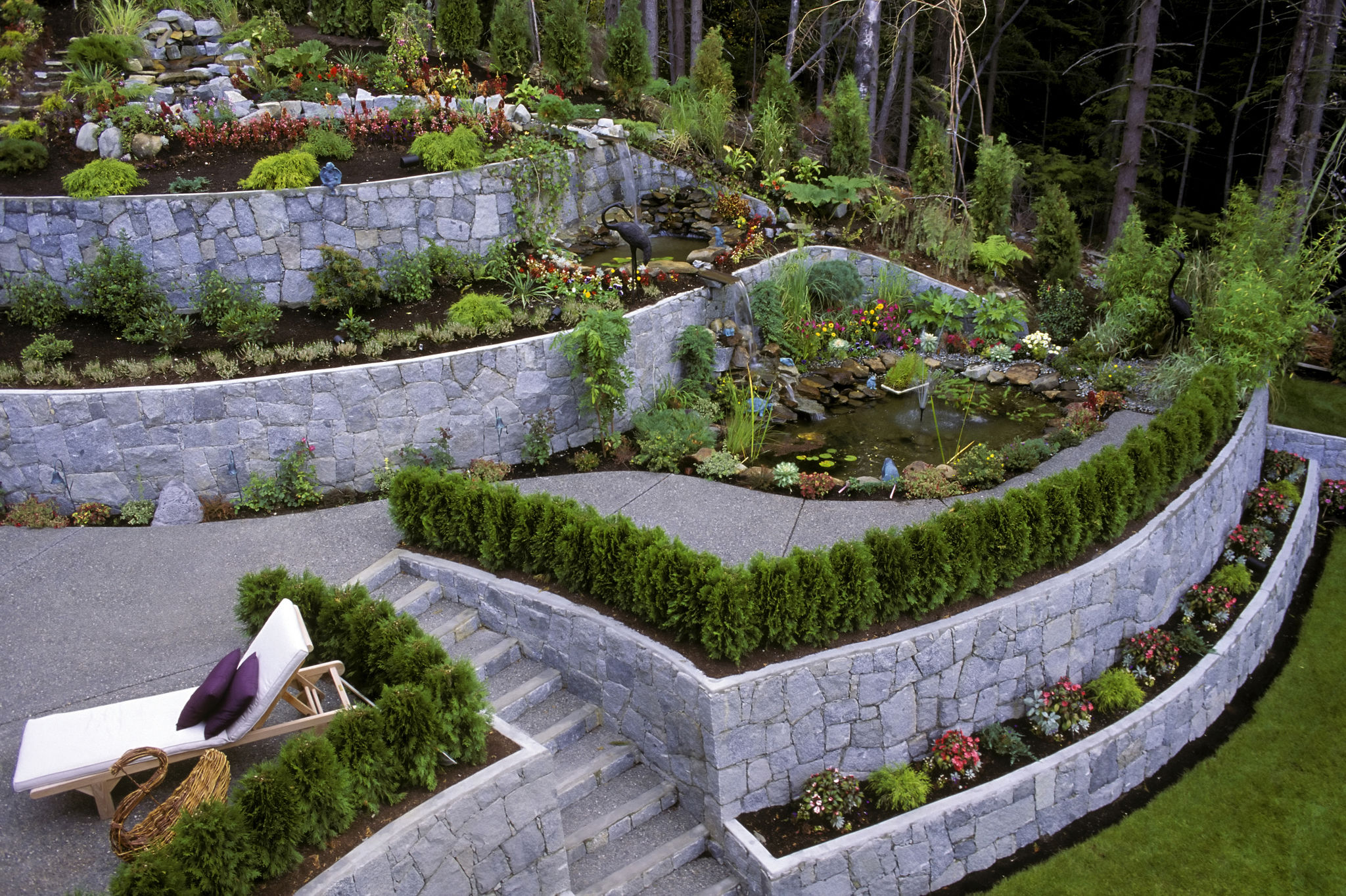DIY Bio-Swale Installation: Step-by-Step Guide for Homeowners
Are you looking to enhance your garden's sustainability while managing stormwater runoff more effectively? A bio-swale might be the perfect solution. This natural landscape feature helps to filter rainwater, reduce flooding, and improve water quality. Here’s a comprehensive guide to installing a DIY bio-swale in your backyard.
Understanding Bio-Swales
A bio-swale is essentially a shallow, vegetated channel designed to capture and treat stormwater. It uses vegetation and filtration layers to remove pollutants as water flows through it. By installing a bio-swale, you not only contribute to environmental conservation but also add an aesthetically pleasing element to your landscape.

Planning Your Bio-Swale
Assessing Your Landscape
The first step in creating a bio-swale is to analyze your property’s topography. Identify low points where water naturally collects or flows. You’ll want to guide water from impermeable surfaces like driveways or roofs toward your bio-swale.
Design Considerations
When designing your bio-swale, consider factors such as slope, length, and width. A typical bio-swale is about 4-6 feet wide with gentle side slopes of 3:1. Ensure the swale is long enough to manage the volume of water expected during heavy rainfall.
Materials and Tools Needed
Before starting the installation, gather the necessary materials and tools. You’ll need:
- Shovels and rakes
- Landscape fabric
- Gravel and sand for filtration layers
- Native plants or grasses
- Mulch

Installing Your Bio-Swale
Excavation and Grading
Begin by excavating the swale to the desired depth, typically about 18-30 inches. Ensure the bottom is level for even water distribution. Use excess soil to build berms or contours around the swale, if necessary.
Layering Your Bio-Swale
Create layers for effective water filtration. Start with a base of gravel for drainage, followed by a layer of sand. Cover these with a layer of topsoil mixed with compost to support plant growth. Lay landscape fabric between layers to prevent soil erosion.

Planting and Final Touches
Select native plants that thrive in both wet and dry conditions. Position them strategically along the swale, focusing on deep-rooted species for better water absorption. After planting, cover the swale with mulch to retain moisture and prevent weeds.
Once your bio-swale is installed, monitor its performance during rain events. Regular maintenance, such as removing debris and replanting as needed, will ensure it remains effective year-round.
Conclusion
Installing a DIY bio-swale not only benefits your home by managing stormwater effectively but also supports broader environmental goals by improving water quality and creating habitats for wildlife. With some planning and effort, you can transform your yard into a sustainable oasis.